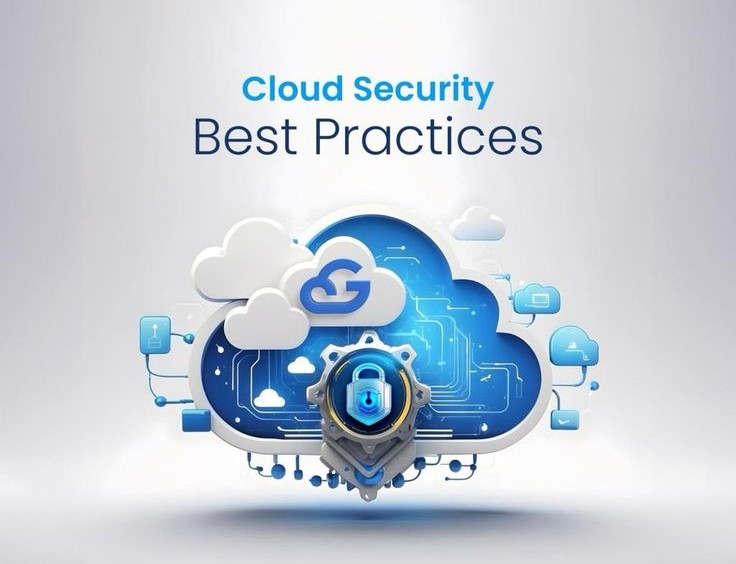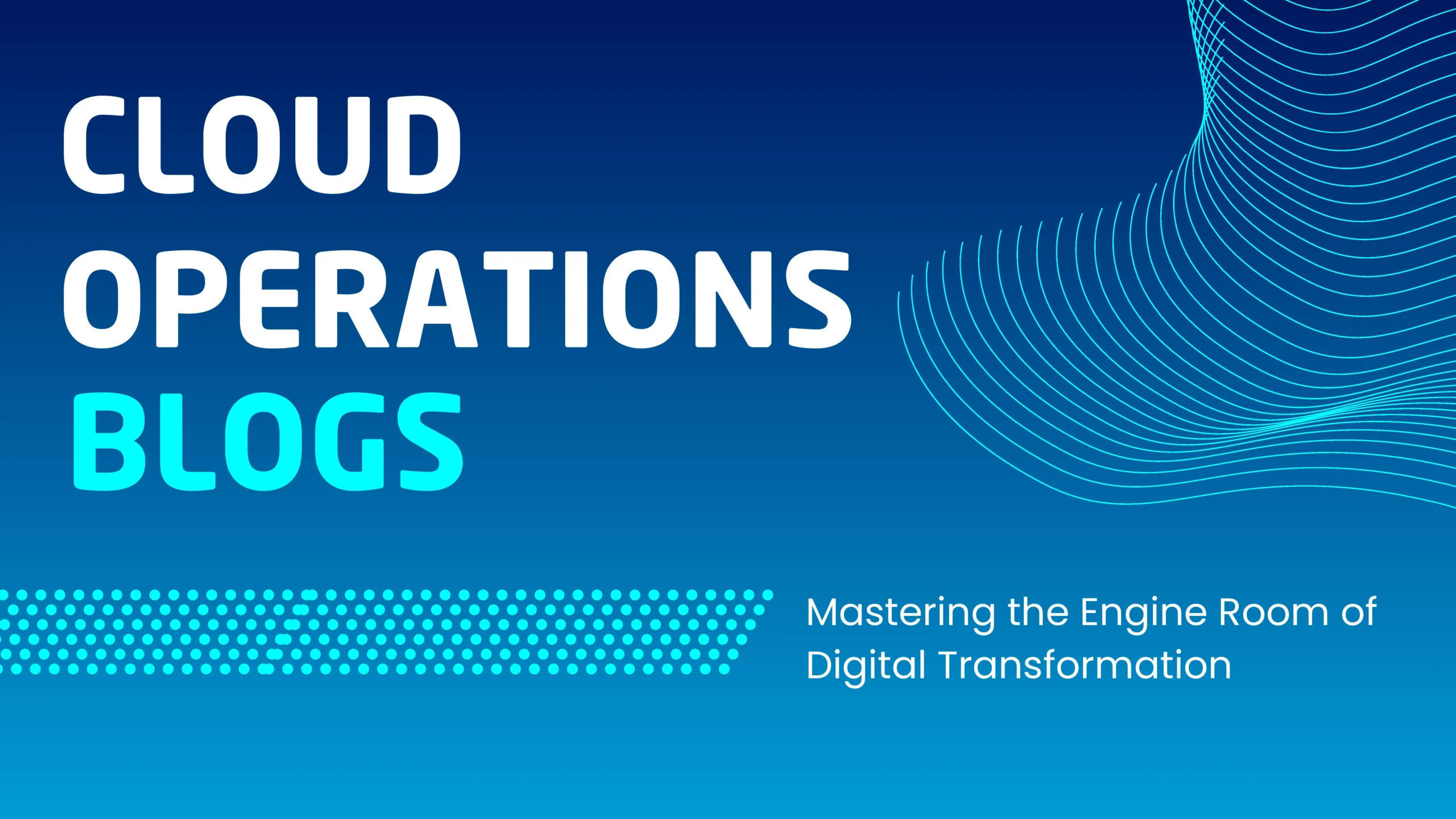Cloud Operations Insights: Mastering the Engine Room of Digital Transformation
The past decade has witnessed the cloud evolve from an almost mystical concept—where infrastructure appeared to exist as if by magic—into the very backbone of digital business. Once managed by unseen hands, the cloud is now an intricate, living environment that demands both strategic vision and operational mastery. The promise of the cloud is vast: near-infinite scalability, on-demand agility, and unprecedented opportunities for innovation. Yet, without disciplined cloud operations, this promise can quickly unravel, exposing organizations to ballooning costs, security vulnerabilities, and operational chaos.
The Engine Room of Digital Transformation
Much like the engine room of a modern ship powers its voyage, cloud operations are the driving force behind successful digital transformation. Mastering this “engine room” means moving beyond simple infrastructure management to a holistic discipline—one that ensures continuous optimization, vigilant monitoring, and seamless alignment of technology with business outcomes.

Cloud Operations Insights: Mastering the Engine Room of Digital Transformation
Unlocking Agility, Security, and Value in the Modern Cloud Landscape
The past decade has witnessed the cloud evolve from an almost mystical concept—where infrastructure appeared to exist as if by magic—into the very backbone of digital business. Once managed by unseen hands, the cloud is now an intricate, living environment that demands both strategic vision and operational mastery. The promise of the cloud is vast: near-infinite scalability, on-demand agility, and unprecedented opportunities for innovation. Yet, without disciplined cloud operations, this promise can quickly unravel, exposing organizations to ballooning costs, security vulnerabilities, and operational chaos.
The Engine Room of Digital Transformation
Much like the engine room of a modern ship powers its voyage, cloud operations are the driving force behind successful digital transformation. Mastering this “engine room” means moving beyond simple infrastructure management to a holistic discipline—one that ensures continuous optimization, vigilant monitoring, and seamless alignment of technology with business outcomes.
My years in the IT sector have revealed a simple truth: cloud value is not realized the moment workloads land on a cloud provider. It is unlocked over time, through diligent management, automation, and relentless improvement. True mastery demands a shift from reactive to proactive, from manual to software-driven, and from fragmented silos to integrated, collaborative workflows.
The Evolving Landscape of Cloud Operations
Early cloud adoption was characterized by the “lift-and-shift” approach: relocate existing workloads into the cloud with minimal changes. While this delivered short-term wins, it soon became clear that the journey had only begun. Today, cloud operations must contend with:
- A dizzying array of cloud services and features, constantly evolving
- Multi-cloud and hybrid architectures demanding cross-platform visibility and integration
- The imperative to minimize costs while maximizing performance and reliability
- Ever-present security and compliance requirements
- Increasingly distributed and global user bases
To thrive, enterprises must embrace operational excellence as an ongoing, organization-wide discipline. At ITE Infotech Pvt. Ltd., we structure cloud operations around six core pillars—each a critical lever for success.
Core Pillars of Excellence in Cloud Operations
1. FinOps: Mastering Cloud Economics
The pay-as-you-go model of cloud is seductive, but it brings hidden risks. Without proper oversight, organizations can find themselves victims of “pay-as-you-waste,” with unallocated resources and spiraling bills.
The Challenge: Cost sprawl, unpredictable expenses, and unclear cost attribution undermine cloud ROI.
Our Approach: We implement real-time cost tracking, granular resource rightsizing, and automated alerts. Leveraging Reserved Instances (RIs), Savings Plans, and intelligent storage tiering, we ensure every dollar is optimized. By fostering a culture of FinOps, we unite finance, operations, and engineering—breaking down silos and empowering teams with transparency and accountability.
The Impact: Predictable budgeting, significant reduction in cloud spend, and measurable ROI from cloud investments.
2. Proactive Monitoring & Observability
Gone are the days when IT could afford to “fight fires” as they erupted. In today’s cloud, issues must be anticipated and resolved before they impact users—or the business.
The Challenge: Alert fatigue, visibility gaps in complex architectures, and difficulty correlating events across services.
Our Approach: We build unified observability frameworks that aggregate logs, metrics, and traces across the full cloud estate. By applying AIOps principles—anomaly detection, predictive analytics, and intelligent alerting—we filter noise and focus on truly actionable insights. Centralized dashboards offer a real-time, comprehensive view of application and infrastructure health.
The Impact: Faster mean time to resolution (MTTR), minimized downtime, improved application performance, and a seamless user experience.
3. Automation at Scale
Manual intervention is the enemy of efficiency. Automation is the cornerstone of modern cloud operations, reducing human error and accelerating delivery.
The Challenge: Configuration drift, slow scaling, and engineers overburdened with repetitive tasks.
Our Approach: We employ Infrastructure as Code (IaC) tools such as AWS CloudFormation and Terraform, enabling programmatic, repeatable management of resources. CI/CD pipelines extend automation into deployment and infrastructure changes. Auto-remediation scripts swiftly resolve common incidents, while intelligent auto-scaling policies and serverless automation ensure optimal resource utilization.
The Impact: Operational efficiency soars, reliability improves, deployment cycles quicken, and operational overhead plummets.
4. Security Operations (SecOps) Integration
Security cannot be an afterthought or a siloed responsibility. In the cloud, it must be part of the fabric of every operational process.
The Challenge: Disconnected security and operations teams, reactive incident response, and insufficient continuous security monitoring.
Our Approach: By embedding DevSecOps principles, we make security a core tenet from the outset. Continuous Security Posture Management (CSPM), automated vulnerability scanning, and integrated threat detection (using tools like AWS GuardDuty and CloudWatch Events) are standard. Automated response runbooks ensure rapid containment and mitigation of threats.
The Impact: A robust security posture, swift threat mitigation, reduced breach risk, and ongoing compliance.
5. Disaster Recovery & Business Continuity
Traditional disaster recovery relied on physical redundancy; cloud DR requires resilient, automated architectures.
The Challenge: Legacy DR solutions are costly, complex, and often untested. Recovery point and time objectives (RPO/RTO) may be unclear or unattainable.
Our Approach: We design cloud-native DR strategies, employing services like AWS Backup, S3 Cross-Region Replication, RDS snapshots, and multi-AZ/Region deployments. Automation ensures recovery processes are both reliable and repeatable, while regular simulated DR drills validate RPO/RTO adherence and team readiness.
The Impact: Guaranteed business continuity, minimized data loss, rapid recovery from outages, and manageable DR costs.
6. Governance & Compliance
As cloud estates grow, maintaining control and regulatory compliance becomes increasingly complex.
The Challenge: Resource sprawl, inconsistent configurations, and difficulties in proving compliance to regulators and auditors.
Our Approach: We implement centralized cloud governance frameworks leveraging AWS Organizations, Service Control Policies (SCPs), and comprehensive resource tagging. Audit trails are established via AWS CloudTrail, and AWS Config ensures ongoing compliance monitoring and drift detection.
The Impact: Consistent policy enforcement, simplified auditing, enhanced control, and reduced compliance risk.
The Future of Cloud Operations: AI, Edge, and Sustainability
The horizon for cloud operations is expanding, driven by game-changing trends and innovations.
- AIOps: Artificial Intelligence for IT Operations is taking cloud management beyond automation, enabling predictive intelligence, self-healing systems, and real-time anomaly resolution. Machine learning models analyze patterns across vast datasets to anticipate failures and optimize performance.
- Edge Computing: As applications and data move closer to the user, managing distributed edge infrastructure becomes the next operational frontier. New tooling is emerging to orchestrate, monitor, and secure resources at the edge, ensuring seamless integration with central cloud environments.
- Cloud Sustainability (Green Ops): Enterprises are increasingly focused on responsible cloud consumption, both to control costs and to reduce environmental impact. This includes optimizing workloads for energy efficiency, leveraging carbon-aware cloud services, and tracking sustainability metrics as part of operational KPIs.
Conclusion: The Path to Operational Excellence
Cloud operations are no longer a back-office function—they are the engine room of digital transformation. Excellence demands more than technical know-how: it requires a holistic approach, integrating financial, operational, security, and governance disciplines. By focusing on the core pillars laid out above, organizations can transform their cloud operations into a true competitive advantage.
At ITE Infotech Pvt. Ltd., our CMMI Maturity Level 3 certified processes and globally recognized experts stand ready to guide enterprises on their journey. As the cloud landscape evolves, our commitment remains: to deliver a lean, secure, and high-performing cloud that fuels innovation and business growth.
The future of cloud operations is intelligent, automated, resilient, and green. Mastering this domain is not just about technology—it’s about enabling your organization to adapt, compete, and thrive in a rapidly changing digital world.
